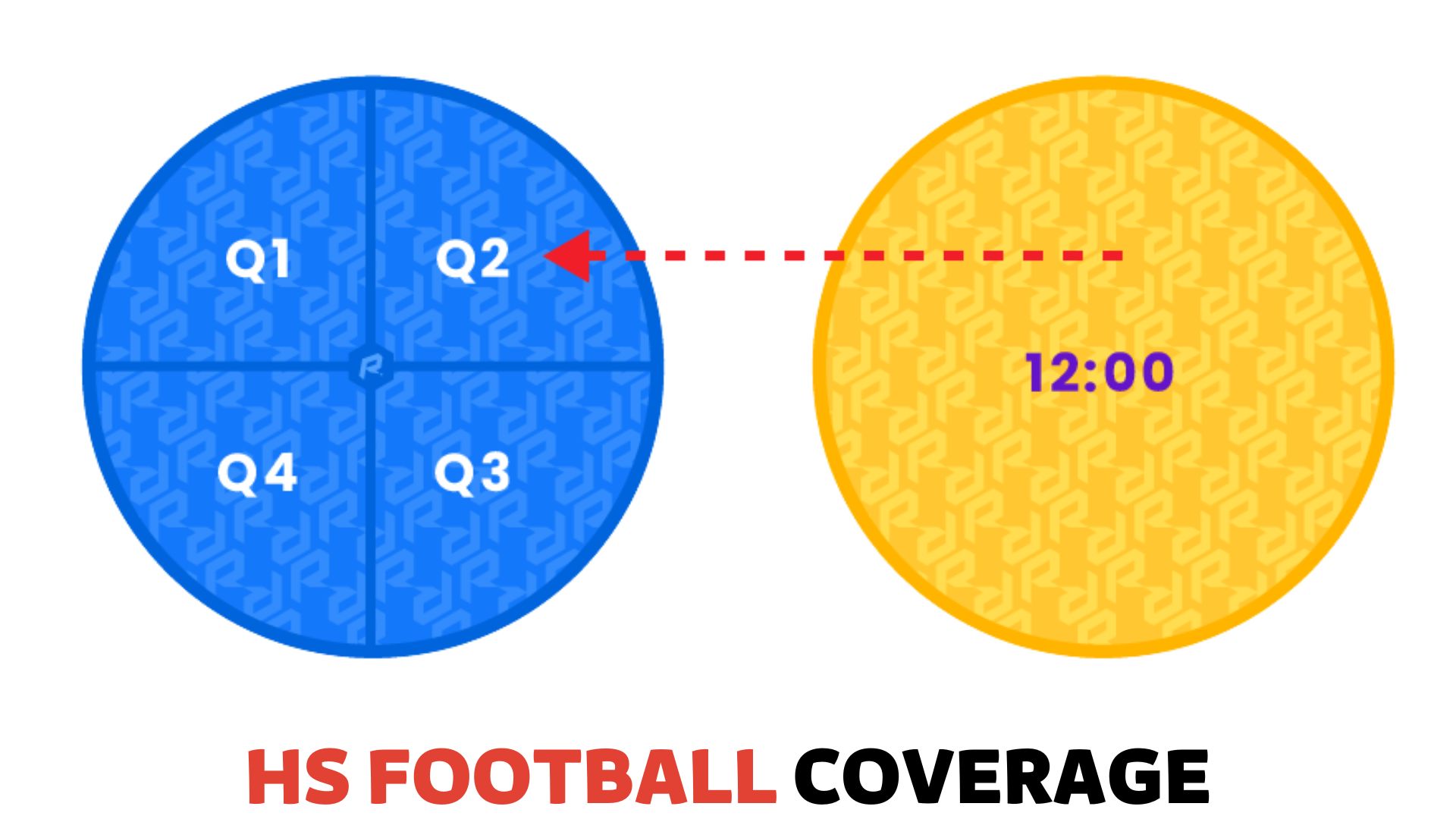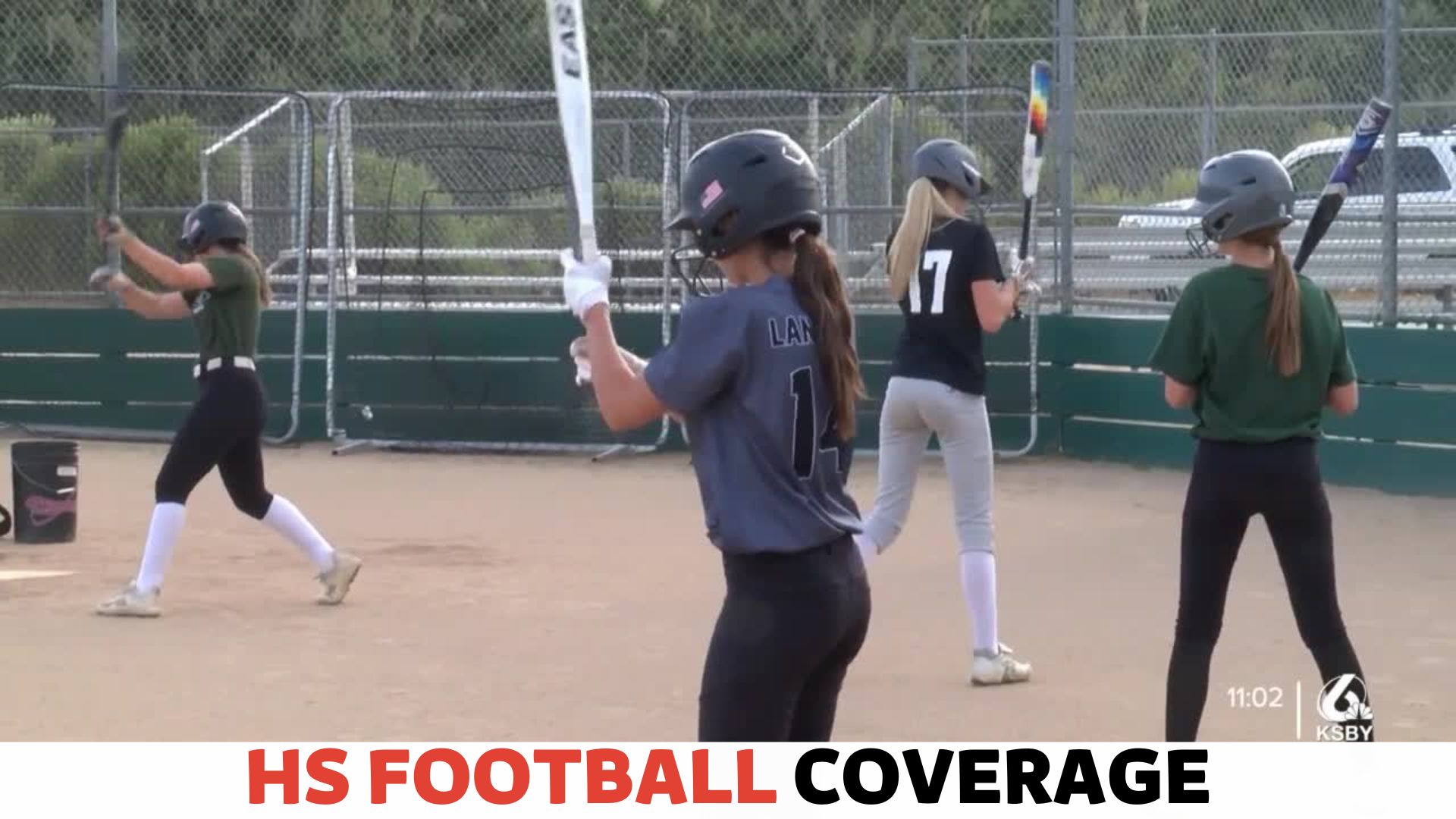
Understanding overtime rules and procedures is crucial for players, coaches, and fans in High School Football. As games can be closely contested, knowing how overtime works can differentiate between victory and defeat.
This in-depth guide explores the intricacies of High School Football over time, providing insights into rules, strategies, and common mistakes to avoid in these critical game moments. Additionally, we will delve into comparisons with other levels of football and discuss the impact of overtime on standings and playoff seeding.
What Are Overtime Rules in High School Football?
The answer can be simple but not brief. There are some specific rules in HS Football. To answer the question, each rule has to be explained specifically.
The overtime rule is described below.
A coin toss determines who will get the first possession in overtime in the game. In overtime, both sides can score from the opponent’s 10-yard line. The team that scores the most in overtime wins. One side wins if the other doesn’t score. The opposing team’s 10-yard line is where overtime starts.
Both teams must score to determine the winner. The offensive side can kick four field goals or touchdowns. After a touchdown, an offensive side can kick the ball through the goalposts for one point or run into the endzone for two points. HS Football overtime rules may vary from state to state.
If a team recovers a fumble or intercepts a pass during overtime, they can score and win the game. Check your state’s high school athletic association’s specific rules to ensure you understand these processes.
How Does Overtime Work in High School Football?
In HS Football, when a game is tied at the end of regulation, overtime begins, and both teams have an equal chance to score.
The team winning the coin toss gets to choose whether to start on offence or defence. The other team picks which end zone to defend.
It is then decided both teams will have one possession to score. If there is still a tie after both teams have had a chance to score. Then further overtime periods will be played until a winner is determined.
Teams try to score touchdowns or kick field goals during each overtime possession. When they score a touchdown, they can kick an extra point or convert it to a two-point play.
When no team scores during its play, there will be an overtime period at the end of the game. This period is also offered if both teams score the same points during the game.
It is important to remember overtime rules in the game may vary by state. You must check the specific rules of your state’s high school athletic association to ensure you understand the process and any potential differences.
What Happens If a High School Football Game Ends in a Tie?
High School Football games usually cannot end in a tie in most states. A team will play overtime if there is a tie at the end of regulation. However, the overtime rules aren’t the same in every state.
Some states have unique overtime rules, like limiting the number of overtime periods or implementing a tiebreaker system, such as a two-point conversion shootout, to determine the winner. Other states also have their unique overtime rules.
Ties can significantly impact standings and playoff seeding, making overtime rules a critical part of HS Football. Teams want to avoid ties whenever possible to maximize their chances of advancing to the playoffs.
But that’s not always the same in every situation. These include certain situations. A great example would be regular-season games with no bearing on playoff qualification. Some states may allow games to end in a tie after a predetermined number of overtime periods. This is typically done to minimize the players’ risk of injuries and fatigue.
To understand the possible outcomes of a game, players, coaches, and fans must understand overtime rules. Moreover, search engine optimization for this topic can help people access and find the information they need to understand the rules related to overtime.
How Does the Overtime Format in High School Football Differ From College or Professional Football?
HS Football has its unique set of overtime rules that differ from college and professional football. In college football, both teams start at the opponent’s 25-yard line.
The NFL uses a modified sudden-death format. In this format, the offense starts the game on offense and scores a touchdown on its first possession. Then, according to the format, the team that scores the touchdown wins the game.
It should be noted that a tie in a regular season game can also be declared after the game continues, during which the team that scores first wins. In the NFL, there is also a 10-minute overtime period, following which a tie in a regular season game can also be declared.
These differences in overtime formats lead to varying strategies and excitement across different football levels. In the overtime format, with its focus on equal opportunities to score and a more limited field position, emphasizes each team’s ability to execute in high-pressure situations.
Players and coaches in HS Football must modify their strategies according to the game’s rules. This can lead to thrilling, high-stakes situations between the players on both sides.
Are There Any Specific Rules For the Coin Toss in High School Football Overtime?
The coin toss in High School Football overtime can significantly impact the game’s outcome. Winning the coin toss can give a team a valuable advantage, giving them the choice of whether to start on offense or defense or select which end zone to defend. Using this strategy, they can pressure their opponents.
However, losing the coin toss doesn’t necessarily mean the game is over. The team that loses the coin toss still has the opportunity to make strategic decisions based on the remaining choice.
They can choose the option that will best help them to defend their end zone or capitalize on their strengths on offense.
In subsequent overtime periods, the order of possession alternates, ensuring fairness and giving both teams an equal chance to score. This can lead to exciting and tense moments as each team vies to take the lead.
It’s important to note that High School Football associations may have unique rules for the coin toss and overtime in general. Being familiar with these rules can help players and coaches make informed decisions during critical moments, such as coin toss.
How Do Coaches Decide Whether to go on Offence or Defence During Overtime in High School Football?
Coaches in HS Football have a lot to consider when deciding whether to start on offence or defence during overtime. Strategic considerations can influence decisions.
Starting on defence gives the team the points needed to win or tie when their offensive turn comes up, which can influence the play-calling. Conversely, starting on offence can pressure the opposing team, especially if a touchdown is scored. These considerations are crucial to maximize a team’s chances of scoring and winning.
Factors such as team strengths, weather conditions, and field position may also influence this decision. If a team has a strong running game, starting on offence can allow them to capitalize on their strength.
Alternatively, if the weather conditions are unfavourable, starting on defence can help to keep the opposing team at bay and limit their scoring opportunities.
Additionally, coaches should consider their team’s performance and their key players’ condition. This thorough analysis can help coaches make the best decision for their team in overtime situations. A well-informed decision can make all the difference in securing a win.
How Many Possessions Does Each Team Get During High School Football Overtime?
Each team receives one possession per overtime period. In High School Football, overtime is exciting and tense for players, coaches, and fans. If the score remains tied after both teams have had their turn, additional overtime periods are played until a winner is determined. Each team gets another possession, with the opportunity to score and take the lead.
In some states, teams kick extra points instead of converting a touchdown into two points. Both teams must consider the risks and rewards by converting two points. As a result, both offence and defence have equal chances of winning.
The number of possessions allowed in overtime is also an important factor to consider. In High School Football, typically, each team gets one possession per overtime period. However, some states may have different rules, limiting the number of possessions or requiring additional rules to break ties. The game can become more exciting and tension-filled with these variations.
Can a High School Football Game End in a Tie After Overtime?
Generally, in this games cannot end in a tie after overtime. The rules surrounding overtime in High School Football vary depending on the state. In most states, overtime periods continue until a winner is determined. This ensures a definitive outcome and prevents games from ending in a tie.
Because of that, some states may limit the number of overtime periods. This can be done by allowing or setting up a tiebreaker system to determine whether a tie results in a victory.
A tiebreaker could be a two-point conversion shootout or measuring the yardage gained during a specified number of plays.
These tiebreaker systems can add excitement and strategy to the game, as both teams must carefully consider their play-calling and execution. Maximizing every opportunity is key.
Regular-season games that do not affect playoff qualification may end in a tie after a certain number of overtime periods. This protects player safety and reduces fatigue, as prolonged play can increase the risk of injury.
What Are Some Common Mistakes Made By Teams During High School Football Overtime?
During the overtime, team mistakes include poor time management, conservative play-calling, and miscommunication among players and coaches.
In the overtime periods of HS Football games, mistakes can significantly impact the outcome. Penalties, turnovers, and missed field goals are all errors that can prove costly and potentially result in a loss.
Teams should practice overtime scenarios to avoid these errors and ensure all players understand their roles and responsibilities. Clear communication is crucial, as players must communicate effectively in high-pressure situations.
Teams should also adopt an aggressive but calculated approach to maximize their scoring opportunities. It involves taking calculated risks. This is like converting on fourth down or going for it on fourth down while still considering the possible consequences of each move.
Also, teams must maintain high mental and physical preparation, including the strategic aspects of overtime. Fatigue can lead to lapses in concentration and execution, proving costly in these critical moments. The team should ensure its players are well-rested, hydrated, and clear about their goals and game plan.
Conclusion
Understanding the rules and strategies of High School Football over time is essential for success on the field.
This in-depth guide has provided valuable insights into the intricacies of overtime rules, differences between high school and other levels of football, and the strategic decisions coaches face.
For players, coaches, and fans, this comprehensive guide explores the impact of overtime on standings. Also, it has discussed playoff seeding and the importance of mental and physical preparation.
Learning from common mistakes and implementing effective strategies can help teams increase their chances of victory in tightly contested games that require overtime to determine the winner. Teams must understand the rules.
Then they have to execute the game plan. By learning them, teams can navigate these high-pressure situations with confidence and poise.
By exploring the various aspects over time, this article aims to deepen the appreciation and excitement that these intense moments bring to the sport.
With a solid foundation in the rules and strategies surrounding overtime, players, coaches, and fans can better engage with and enjoy the thrilling experience of High School Football.















